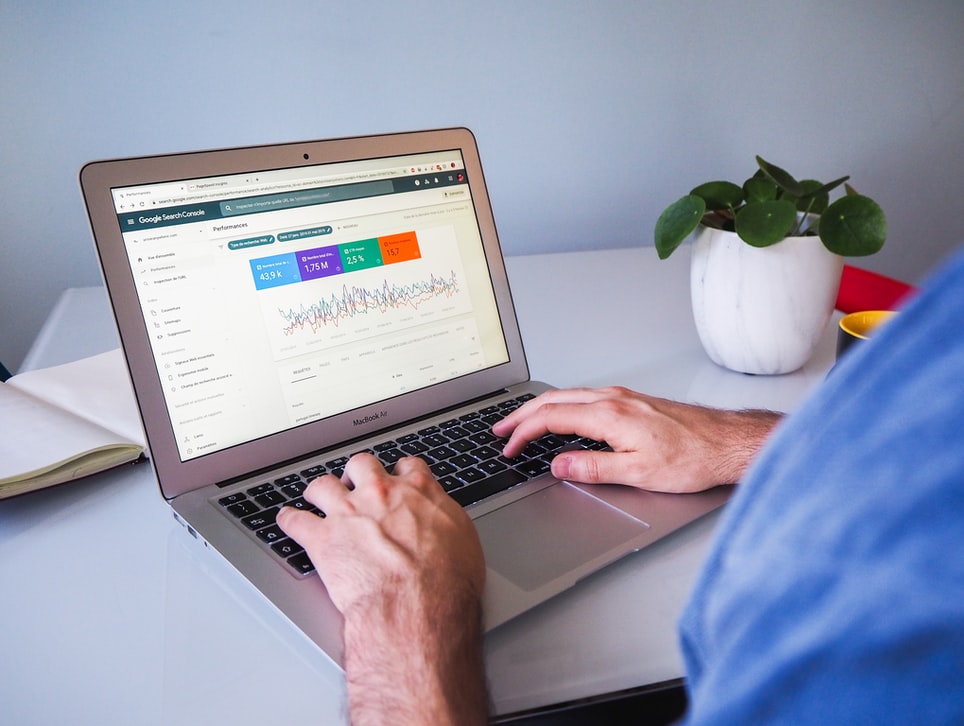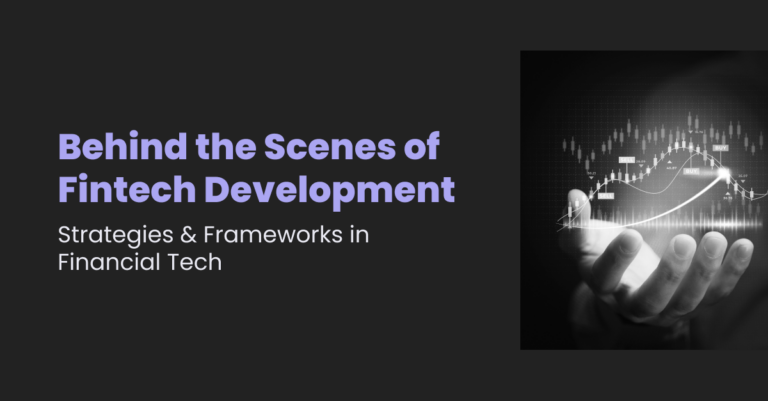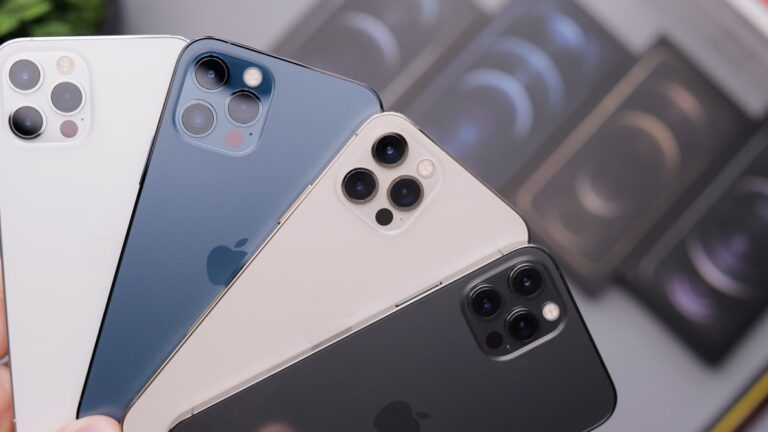Marketers are revving up their spend on search advertising – a 5.9% rise of paid search investments brings it to nearly $60 billion. Despite the pandemic and macroeconomic disruption, this is a well-calculated move. With more than 50% of shoppers using Google to research a purchase, it’s more than reasonable to focus on search engines for web promotion.
Search engine optimization (SEO) and search engine marketing (SEM) may sound the same and are sometimes even used interchangeably. While both are integral parts of search marketing (SM), it’s important to draw a distinction between them. But even more importantly, we need to end the never-ending wrestling match of SEO vs SEM.
Is one approach more effective in building and maintaining brand visibility and interactions with customers and prospects? Let’s clear this out – SEO vs SEM: Which is better? Find out about the tools, channels, and capabilities of both and how they ensure more customer touchpoints for brands.
Difference Between SEO and SEM
SEO and SEM complement each other, and this symbiotic relationship can be leveraged for a solid online presence. But before you understand how to combine them, you need to know what each of them brings to the marketer’s table.
One of the main differences between SEO and SEM is how they drive traffic:
- SEO helps rank your website in the organic search results.
- SEM gets traffic from search engines by tapping into the paid area of the search results.
Let us elaborate.
SEO is a digital marketing approach that increases the quantity and quality of traffic through relevant searches. In other words, it helps the website earn a free spot in the search results by having the most relevant content for a given keyword search.
Users expect search engines to take the role of a knowledgeable librarian and direct them to the best pages for their queries. SEO matches your content with what people are searching for and ensures that search engines notice your website. As a result, your website receives authority for the topic of the query.
For example, a user enters a search term “organic food”. If your content is optimized for this query, the search engine will naturally pick it up and offer it to the user.

Search results for the “organic food” query
We should note that simply including a search term is not a fool-proof strategy. It’s safe to say that the search term “organic food” in the example above can be found on tons of pages.
Normally, there are many sites competing for key queries. But other sites might have done a better job at fairly distributing the keyword instances throughout the article. Or there might be many high-quality external resources linking to the competing page.
So, a good SEO strategy should also involve context analysis. Search terms don’t exist in a vacuum. In addition to considering relevant key phrases for your site and audience, you should also take into account how the competition uses them. This way, you’ll be better equipped to improve your rankings.
The goal of SEM is to increase search visibility through paid strategies. Meaning, brands pay for ads to appear as search results on SERPs (search engine results pages).
SEM’s greatest strength is the ability to place ads in front of motivated customers. These users are already interested in making a purchase. The ad is meant to appear at the exact moment when they’re about to do so and steer them into a certain direction – to a certain brand, to be precise.
For example, a user types in “buy macbook air near me”. Your website can be placed in the paid search results at the very top of the page – as long as all necessary variables match.
SEO vs SEM
SEO
- Organic
- Appear as a result of the search engine’s algorithm
- Value over time
- Shown to everyone
- Good for consolidating trust
SEM
- Paid
- Displayed as sponsored search results
- Instant results
- Target specific audience segments
- Good for tests and experiments
SEO: A Step-by-Step Explanation
Now, having the question of “what is SEO marketing?” covered, let’s dive even deeper and see what techniques are used in each method. This should solidify the difference between SEO vs SEM.
SEO techniques can be grouped into the following three categories.
On-Page Optimization
The goal is to create a well-laid-out web page with content that is worthy of a search result position. This content is unique and covers a specific bit of information beyond promotion. If a searcher has a question, there should be a good chance that this page answers their query.
Here are the main areas that make the purpose of the web page clear and preferably include primary keyword phrases:
- Content of page
- URL
- Title tag
- Image alt text
At this stage, you’re focusing on good quality content that is linkable and supplies a demand. It may be original research and case studies, long-form, in-depth blog posts, how-to guides, infographics, videos, etc. Overall, show the usefulness of the page while also making sure search engines can understand it.
Technical Optimization
The technical structure of a site can have a massive impact on its performance. If a search engine can’t see it, neither will users.
Technical SEO refers to setting up the site correctly – making it faster, easier to crawl, and understandable for search engines. Here are a few key areas in more detail:
- Website speed – Try to find a healthy balance between the necessary amount of elements and a complete page design.
- Mobile-friendliness – The number of smartphone users worldwide has gone over 3.5 billion, so Google’s mobile-friendly test tool will be extremely helpful.
- Site architecture – The website’s pages should be structured and linked together with engine crawlers in mind.
Off-Page Optimization
Off-page SEO helps you acquire trust and authority signals from other websites. It refers to different digital marketing efforts you can do outside of your website:
- Link building
- Forums
- Influencer outreach
- Content marketing
- Linked and unlinked brand mentions
We can roughly divide off-page SEO into high-quality links and non-link-related actions. Depending on how the links are earned, they fit in one of the three categories:
- Natural links – Occur organically without your involvement;
- Manually built links – Acquired through intentional link-building activities;
- Self-created links – Created by website owners like a backlink in an online directory.
Brand mentions, NAP (Name, Address, Phone) citations, reviews are a few examples of non-link-related SEO factors that supply reputation signals.
What Is SEM: The Three-Stage Process
Like SEO, SEM uses several different tactics that are equally important. By SEM definition, we’ll be looking at paid methods for boosting website traffic.
Keyword Research
Those who type in “how does SEM work?” for the first time are perplexed by the fact that it also includes keywords. SEO receives much more airtime, and people assume that keywords stop at that stage. Let us assure you that we’re only getting started on keywords.
If you want to give your SEM efforts meaning and relevance, you need to harvest the right keywords. Here are the types you need to pinpoint:
- Exact match – an exact term;
- Phrase match – a phrase and close variations;
- Broad match – includes misspellings, synonyms, and related searches
- Negative – keywords that you don’t want to use in your campaign.
Setting Up Paid Ads for Keywords
The next step in paid search engine marketing is creating an ad. To maximize your SEM budget, the ad needs to be convincing and make users click on it.
Here are a few basic tips:
- Insert the keyword in the ad text.
- Show the value of your product or service.
- Match the ad copy to searcher intent.
- Use CTAs.
Launch of Your PPC Campaign
What is SEM if not pay-per-click ads? Well, a few other things, but essentially PPC is what it all comes down to in the end.
When you have all the required elements, including landing pages that are optimized for conversions, you can start the ad placement in a search engine’s sponsored links. The main platform for PPC is, of course, Google.
And let’s not forget about mobile users that we briefly mentioned above. Showing your ads on top of the mobile page in search results is beneficial because:
- There is potentially a very large audience to reach;
- Ads take up a large portion of a mobile screen compared to desktop;
- Many people use mobile devices to make on-the-spot purchasing decisions so you can catch their interest at the right time.
Finally, you’ll need to manage your PPC campaigns. You might remember that SEM is good for testing and experimenting. Since SEM brings quick results, you can analyze the performance while the campaign is live. You can even split ad groups and modify the ad content or change keywords to see what works better.
SEO or SEM: What to choose?
SEO and SEM services target customers at different stages of the sales funnel. SEO works on customers who are at the awareness stage. They want something and begin looking for a product or a solution to their query. This is where SEO can naturally catch them.
At the bottom of the sales funnel, the leads have reached the point where they are just about ready to buy. They are actively looking and making an educated purchase decision. This is where paid advertisements will do the trick.
Use SEO when:
- There are content gaps in your niche.
- The issue of getting traffic is not time-sensitive. You’ll probably start seeing more leads (and revenue) in three to six months’ time.
- The product or service you’re offering isn’t tied to short-term trends.
- You have resources to manage SEO on a continuous basis.
- Your website is already performing well and has established credibility among target audiences.
Use SEM when:
- You need to drive traffic and generate leads right away.
- You have the budget for daily, weekly, and sometimes monthly ad spend.
- The website doesn’t get organic traffic due to high competition, or your average customer has a short buying cycle.
- You have a time-sensitive offer, such as a promotion or a trendy product you want to push to market.
- You want to test out a new strategy and quickly get quantifiable results.
Let’s say you’re first launching your website, and there is a lot of competition for your main keywords. This puts you in an unfortunate position where you’re not deemed trustworthy yet, and there is a slim chance of getting organic clicks. In this case, SEM should be your first priority to get your foot in the door.
That said, the clicks will quickly lose value if you strictly focus on PPC. You can’t sustainably buy your way into top search results. To establish a credible online presence, you need to produce content, conduct outreach, and optimize existing pages to get visits throughout the year.
These two methods are extremely effective in tandem. So, instead of focusing on SEO vs SEM, we recommend shifting attention to how you can effectively use both.
Conclusion
When comparing SEM vs SEO, there is no formula that works for every business. All digital marketing activities should be carefully selected based on your industry and niche, online competition, short-term and long-term goals, budget, and a lot more.
You can take advantage of the differences between SEO and SEM and reap the benefits of both:
- Get long-term ROI in addition to rapid results.
- Find effective SEO keyword terms using SEM.
- Increase or decrease paid search depending on the level of organic traffic at the time.
- Use SEM as a testing ground for site content.
It’s clear that search marketing is crucial for making your website accessible to people. But where do we go from there? There is no point in stuffing your pages with keywords hoping it will make it rank higher. Similarly, don’t expect results from placing ads without preparation or good content to fall back to.
At Develux, we’re not having a debate “SEO vs SEM: Which is better?”. As a full-service digital agency in particular igaming seo agency , we’re taking a strategic and insightful approach. Instead of raising a few metrics through one targeted activity, we provide an informed mix of marketing services. This helps us achieve awareness of brand and core product offerings that last.
With 1,083 successful campaigns and an average ROI of 187%, we know how to attract your perfect customer. Get in touch and let us know what you need – our team will be right on it.
















